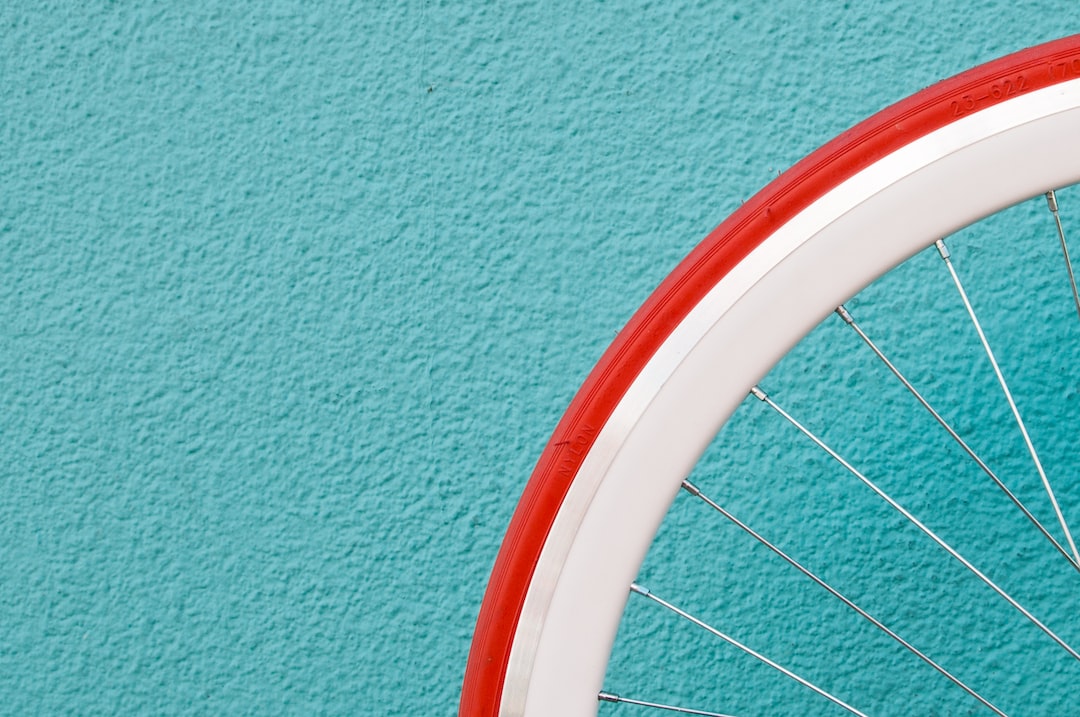Designing print materials is an essential skill for marketers, graphic designers, and anyone responsible for creating visually appealing content. Whether you are designing a brochure, flyer, poster, or business card, it is important to keep certain principles in mind to ensure that your print materials are effective in conveying your message. In this guide, we will explore the key steps and considerations involved in designing print materials that leave a lasting impression.
First and foremost, it is crucial to understand your target audience. Before you even begin designing your print materials, take the time to research and identify the demographic you are trying to reach. This will greatly influence the design choices you make, from color palettes to font styles. For example, if your target audience is a younger demographic, you may opt for vibrant and eye-catching colors, while a more professional audience may call for a more sophisticated and muted color scheme.
Once you have a clear understanding of your target audience, it’s time to start brainstorming and sketching out your ideas. Don’t be afraid to explore different concepts, layouts, and typography styles. Sketching allows you to quickly visualize your ideas without committing to a specific design. This stage is also the perfect opportunity to determine the overall structure of your print material, considering factors such as hierarchy, balance, and spacing.
Now that you have a solid idea of what you want to achieve in terms of design, it’s time to bring your concept to life using professional design software. Programs like Adobe InDesign, Illustrator, or Canva offer a wide range of tools and features to help create visually appealing print materials. When designing, remember to maintain a clear visual hierarchy, ensuring that the most important information stands out. For instance, headings, important details, or calls-to-action should be emphasized with different font sizes or styles.
Color selection is a critical aspect of print design. Consistency in color usage creates a cohesive and polished look throughout your materials. Ensure that the chosen color palette aligns with your brand identity and speaks to your target audience. Moreover, pay attention to color psychology and how it may influence your audience’s emotions or reactions. For example, blue evokes trust, while red may grab attention or signal urgency.
Typography is another crucial element in print design. It is important to choose fonts that are legible, appropriate, and consistent with your brand image. Avoid using too many fonts that may cause confusion or appear unprofessional. Stick to two or three font families that complement each other. For headings, consider using bold or decorative fonts to grab attention, while body text should be clear and easy to read.
Testing and proofreading are essential steps before sending your print materials off to a professional printing service. Ensure that all text, images, and graphics are correctly placed and aligned. Double-check for any spelling or grammatical errors that could undermine your credibility. It is always a good idea to print a physical proof to evaluate the overall look and feel of your design.
Lastly, remember that good design does not exist in isolation. Collaboration and feedback can greatly enhance the effectiveness of your print materials. Seek input from colleagues or clients, and be open to constructive criticism. Different perspectives can help identify areas for improvement and ensure that your print materials meet the desired objectives.
Designing print materials can be a complex process, but by following these steps and principles, you can create stunning and effective materials that leave a lasting impression on your target audience. Remember to research your audience, brainstorm and sketch your ideas, utilize professional design software, select appropriate colors and fonts, test and proofread your design, and seek feedback from others. With these guidelines in mind, you will be well on your way to designing eye-catching and memorable print materials.

